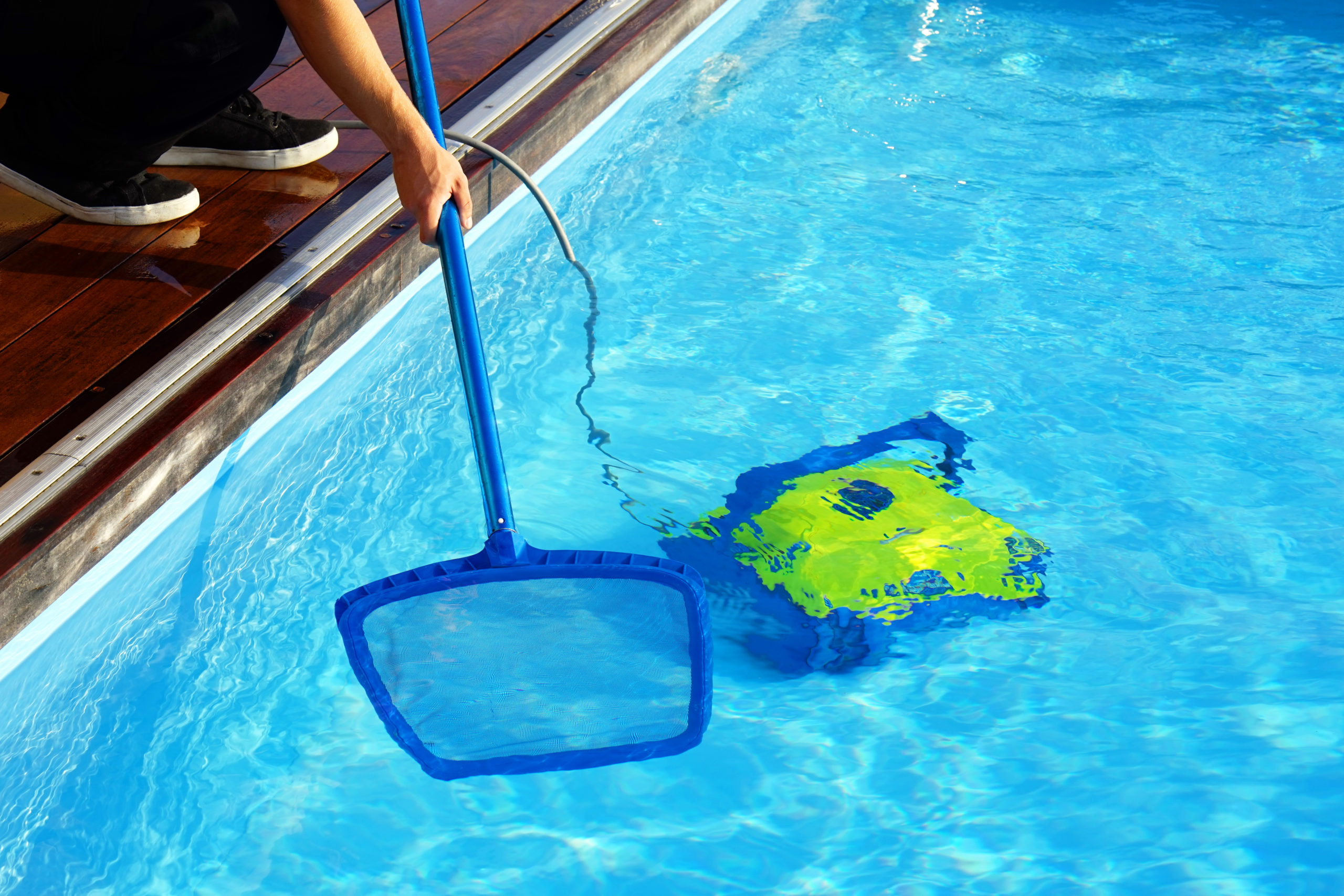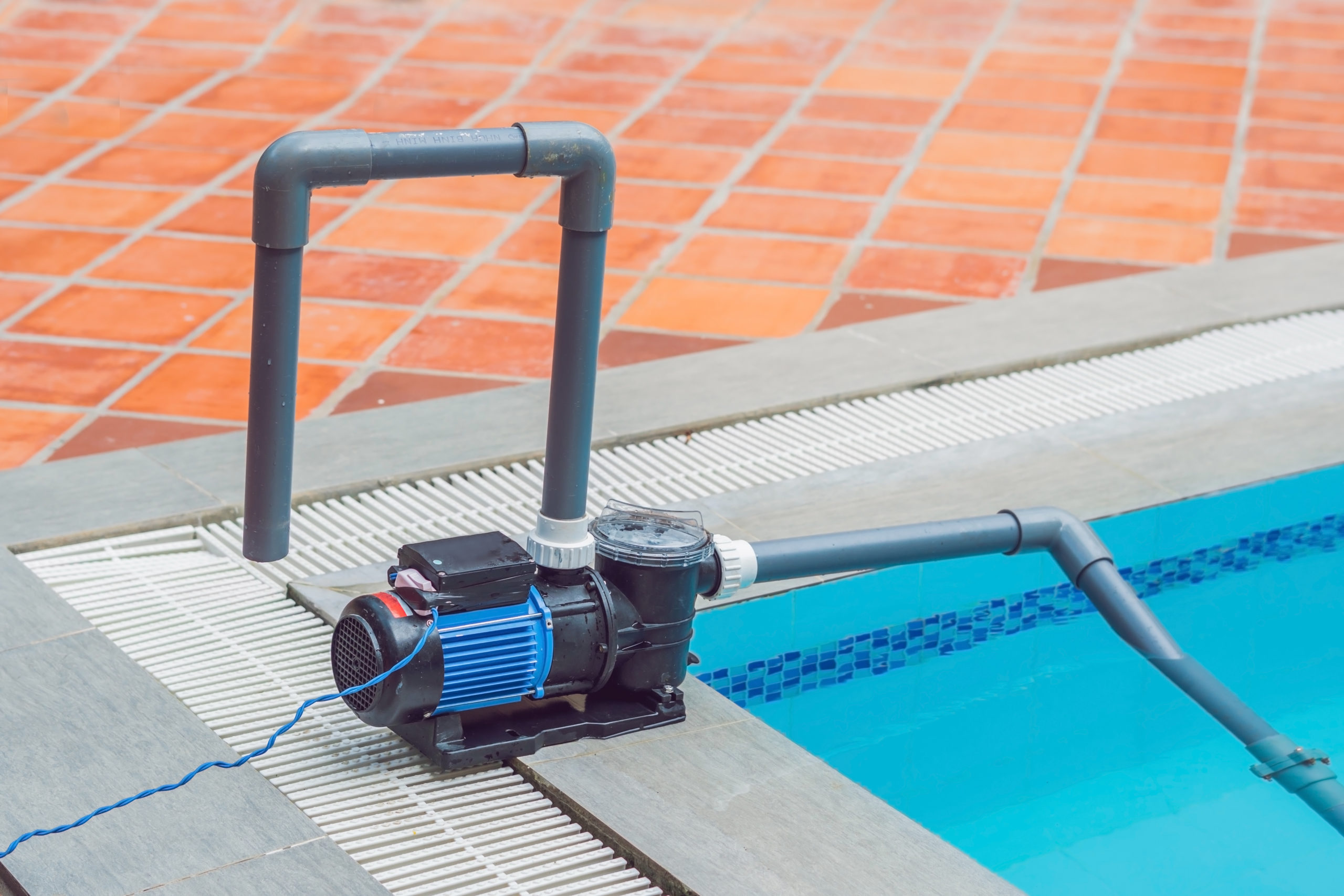You’re tired of debris spoiling your pool’s pristine look, aren’t you?
Dive into our ultimate guide to pool vacuuming. You’ll learn the basics, explore different types of vacuums and their uses, and master a step-by-step cleaning process.
We’ve also got troubleshooting tips to tackle common issues and maintenance advice to keep your vacuum running smoothly.
Let’s transform this tedious task into an easy routine together!
Understanding the Basics of Pool Vacuuming
Before we dive in, let’s first understand what pool vacuuming’s all about and why it’s so crucial for your pool’s health. It isn’t merely a superficial treatment to make your pool look good; instead, it plays a vital role in maintaining the overall cleanliness of your pool.
The primary benefit of vacuuming is that it removes debris from your pool – leaves, grass, bugs, and even small toys can find their way into the water. If left unchecked, they can block filters and pumps leading to serious damage. But with regular vacuuming, you’ll keep these problems at bay.
Moreover, regular vacuuming also helps maintain the chemical balance of your swimming area. By removing organic material from the water before it decomposes and affects pH levels, you’re ensuring that your chemical treatments remain effective.
In essence, understanding the benefits of vacuuming is essential for mastering pool maintenance. Remember that maintaining cleanliness isn’t just about aesthetics; it has significant implications on functionality too.
Different Types of Pool Vacuums and Their Uses
You’re going to find out about various types of vacuums and what you can use them for in your swimming area.
There are manual pool vacuums, which give you total control but require more effort. Automatic pool vacuums, on the other hand, work independently and can save you time.
When considering vacuum durability comparisons, automatic vacuums tend to last longer due to fewer moving parts that could potentially break. However, manual vacuums often offer better cleaning performance because they don’t miss spots like automatic ones sometimes do.
Now let’s talk about eco-friendly vacuum options. Solar-powered pool vacuums are a fantastic choice if you’re environmentally conscious. They utilise the sun’s energy to function, so they won’t increase your electricity bill or contribute to carbon emissions. Plus, they usually have similar durability compared with traditional models.
Remember, choosing the right type of vacuum depends on your specific needs and preferences. Consider factors such as how much time you’re willing to spend on maintenance, your budget and environmental impact when making your decision.
Ultimately, a well-chosen pool vacuum can provide years of efficient service while keeping your swimming area pristine clean.

Step-by-Step Guide to Using a Pool Vacuum
Let’s dive into the steps of maintaining your swimming area using these handy cleaning tools. Mastering vacuuming techniques is key, and safety precautions are vital.
1. Prepare the Vacuum: Assemble your pool vacuum according to its manual. Ensure all pieces are secure, as any loose components may compromise efficiency or pose a safety risk.
2. Clean the Filter: Before you begin vacuuming, clean the filter thoroughly. This will ensure it doesn’t become clogged during the process, enhancing overall performance.
3. Start Vacuuming: Lower your vacuum into the water slowly to allow it to fill with water and sink to the bottom of your pool. Afterward, start moving it back and forth across the surface in long, slow strokes.
4. Safety Precautions: Always switch off all electrical equipment before handling them in or near the pool for your safety.
Remember: patience is crucial when perfecting these vacuuming techniques; rushing could stir up debris rather than remove it efficiently from your pool floor.
Troubleshooting Common Pool Vacuum Issues
It’s normal to encounter a few hitches when using your cleaning equipment, so we’ll address common issues and how to fix them.
A typical issue you may face is vacuum hose problems. These can be due to cracks or leaks in the hose, which reduce suction power and make your cleaning less efficient.
To troubleshoot this, examine the vacuum hose carefully for any signs of damage. If you spot a leak or crack, it’s best to replace the hose entirely. Temporary fixes like tape might work in the short term but could lead to more significant issues down the line.
Suction power issues are another common problem that can affect your pool vacuum’s effectiveness. This could be due to blockages in your pool filter or skimmer basket; always ensure they’re clean before starting a session. Also check if there’s enough water flowing through the pump – low water levels might cause poor suction.
Mastering these troubleshooting skills will save time and potentially costly repairs later on. Remember, regular maintenance is key for optimal performance of your pool vacuum. Don’t wait until problems arise; stay proactive in maintaining your equipment and enjoy crystal clear waters all season long.
Maintenance Tips for Your Pool Vacuum
Shifting our focus to maintenance, let’s talk about how to properly maintain your cleaning tool to prolong its lifespan and keep it ready for action. This is especially important for your pool vacuum, as both its lifespan and the effectiveness of its attachments can be greatly affected by maintenance.
Here are four key tips on how to maintain your pool vacuum:
1. Cleaning after use: Always clean your vacuum and its attachments after each use. Rinse them with fresh water and let them dry before storing. This prevents debris build-up that can damage parts or hinder performance.
2. Regular inspection: Regularly inspect the suction head, hose, and other attachments for wear or damage.
3. Storage: Store your pool vacuum in a cool, dry place away from sunlight to prevent degradation caused by heat or UV rays.
4. Scheduled servicing: Periodically have your pool vacuum serviced by a professional to keep it in top shape.

Frequently Asked Questions
What Are the Potential Health Risks if I Do Not Vacuum My Pool Regularly?”
If you don’t vacuum your pool regularly, bacterial infections can emerge due to the buildup of debris. This neglect could also lead to a chemical imbalance, posing further health risks for swimmers.
How Long Does a Typical Pool Vacuum Last Before It Needs to Be Replaced?”
Typically, your pool vacuum’s lifespan varies based on Vacuum Durability Factors like usage and maintenance. Some top Pool Vacuum Brands can last up to 8 years with proper care. Always follow the manufacturer’s guidelines for replacement.
Are There Any Eco-Friendly Pool Vacuum Options Available?”
Yes, there are eco-friendly pool vacuums available. They utilize sustainable cleaning methods and green technology, reducing your environmental impact. It’s a great way to keep your pool clean while respecting our planet’s resources.
What Additional Tools or Accessories Might I Need to Enhance My Pool Vacuum’s Performance?”
To enhance your pool vacuum’s performance, you’ll need a few additional tools. Vacuum maintenance tips include acquiring a good filter and skimmer basket to boost suction power enhancement. They’re invaluable for efficient cleaning.
Is It Possible to Hire Professionals for Pool Vacuuming, and How Much Does It Usually Cost?”
Yes, you can hire professionals for pool vacuuming. The cost varies based on your location and the size of your pool but it’s often more cost-efficient than buying and maintaining your own equipment.
